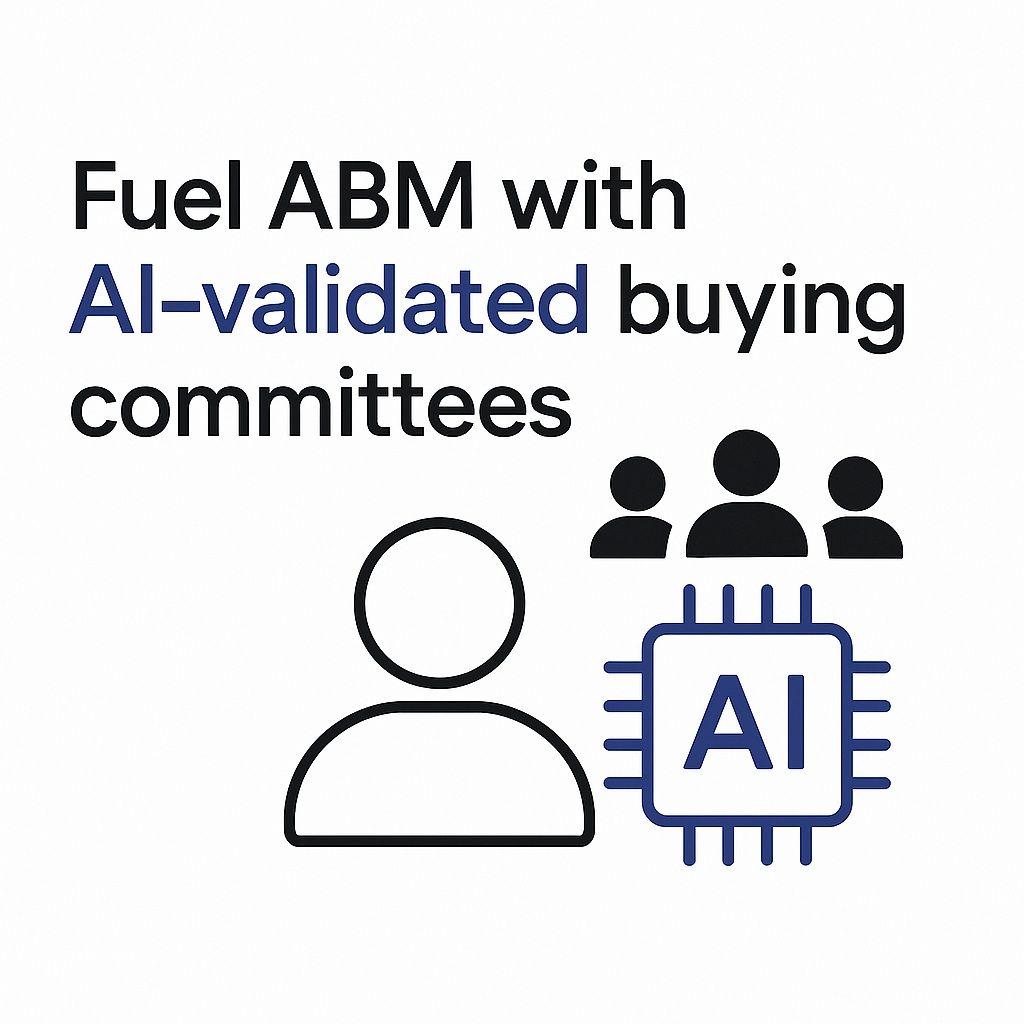Data hygiene, much like personal hygiene, is essential for maintaining a clean and organized system. It involves the process of ensuring that the data within a database is accurate, up-to-date, and consistent.
Just as you wouldn't want to touch a dirty doorknob with clean hands, you shouldn't let dirty data contaminate your clean database.
Think of data hygiene as the Marie Kondo of your data world – it's all about tidying up and decluttering to create a harmonious and efficient environment. Regularly cleaning and organizing your data can avoid embarrassing mistakes, prevent costly errors, and make better-informed decisions.
So, whether you're a data hoarder or a data minimalist, it's time to roll up your sleeves and give your data the cleanliness it deserves. After all, a little data hygiene goes a long way in keeping your database in tip-top shape.
What Is Data Hygiene?
Data hygiene is the process of ensuring good data quality. It encompasses the practices and processes involved in keeping data clean and error-free. From data entry to data validation, every step is crucial in maintaining accurate and reliable information.
Data hygiene ensures that data is free from errors, inconsistencies, and inaccuracies, acting as a cornerstone for using external data effectively.
Implementing best practices for data management, businesses can maximize the value of their data and improve operational efficiency by regularly cleansing consumer data.
Why Is Data Hygiene Important?
Data hygiene is important because it directly impacts the quality of your data. Clean data leads to better decision-making, more effective marketing campaigns, and improved customer satisfaction.
Poor hygiene, on the other hand, can result in inaccurate data, leading to costly mistakes and missed opportunities. By ensuring that data is accurate and up-to-date, businesses can enhance their overall performance and competitiveness.
Moreover, data hygiene is essential for compliance with data protection regulations and maintaining the trust of customers.
3 Best Practices For Data Hygiene
Now that we know why good data is important, let's take a look at some ways to start cleaning data and making sure it's ready for primetime.

1. Start by auditing the data.
Conducting a thorough data audit is the first step in ensuring good data hygiene. This involves identifying data sources, assessing data quality, and addressing any issues or inconsistencies within your databases.
By auditing your data regularly, you can identify areas for improvement and establish a baseline for data quality standards.
Extending: To ensure that data hygiene practices are effective, businesses must continue to audit their data at regular intervals, update data standards, and adapt to changing data needs.
Related: Best Practices for B2B Contact Databases
2. Establish standards for data.
Setting clear data standards is essential for maintaining data integrity and consistency across all data points. By defining data quality metrics, data input guidelines, and data validation processes, businesses can ensure that data meets specific criteria and maintains its integrity through data hygiene services.
Extending: Establishing data standards involves creating data governance policies, data quality frameworks, and data validation protocols to maintain accurate data and reliability.
3. Maintain and scrub data.
Regularly maintaining and scrubbing data is crucial for keeping it clean and up-to-date. This involves removing duplicate entries, correcting errors, and updating obsolete information to ensure data accuracy.
Extending: Data maintenance also includes regular data hygiene checks, data cleansing procedures, and data validation processes to prevent data decay and maintain data quality over time.

Benefits of proper data hygiene
Good data hygiene practices have numerous benefits for businesses, including improved data accuracy, enhanced decision-making, and increased operational efficiency through the cleaning of incorrect data.
Ensuring that business data is clean and reliable, companies can make informed decisions, execute targeted marketing campaigns, and provide better customer service.
Proper data hygiene also leads to cost savings, reduced errors, and enhanced data security, ultimately contributing to business growth and success.
How does data hygiene lead to customer success?
Data hygiene plays a critical role in enhancing customer success by ensuring that businesses have access to accurate and reliable customer data. Clean data enables personalized customer experiences, targeted marketing campaigns, and improved customer engagement.
Maintaining good data best practices, businesses can build trust with customers, deliver relevant solutions, and enhance overall customer satisfaction.
Customer success relies on businesses' ability to use data effectively, maintain data accuracy, and foster strong customer relationships through good data hygiene practices.
What is the difference between data hygiene and data management?
Data hygiene focuses on ensuring that consumer data is clean, accurate, and reliable, while data management encompasses a broader range of activities related to organizing, storing, and analyzing external data.
Data hygiene is a subset of data management that specifically addresses the quality of data, whereas data management includes tasks such as data governance, data security, and data analytics.
While data hygiene is the process of maintaining accurate data quality, data management involves overseeing the entire data lifecycle, from collection and storage to analysis and utilization.
Related: What is Firmographic Data
How to Implement CRM Data Hygiene
Implementing CRM data hygiene requires establishing clear data quality standards, conducting regular data audits, and implementing data cleansing procedures to ensure the accuracy and cleanliness of customer data.
By integrating data hygiene practices into CRM systems, businesses can enhance customer relationships, streamline operations, and improve decision-making based on reliable data.
Successful CRM data hygiene implementation involves training personnel on data entry best practices, automating data validation processes, and continuously monitoring data quality to maintain high standards of customer data.
Related: Data Enrichment by Seamless.AI
What can cause dirty data?
Dirty data can be caused by various factors, such as data entry errors, system integrations, outdated data sources, and lack of data validation processes. Inaccurate data entry, duplicate records, and inconsistent data formats can all contribute to dirty data.
When understanding the root causes of dirty data, businesses can implement effective data hygiene best practices to prevent and correct data quality issues.
Addressing the sources of dirty data involves implementing data validation tools, establishing data governance policies, and promoting a culture of good data hygiene throughout the organization to maintain the integrity and reliability of data.
Related: How to Buy Email Lists
Data Hygiene FAQ
Q: What is data hygiene and why is it important?
A: Data hygiene refers to the process of maintaining clean and accurate customer data. Poor data quality can result in ineffective marketing efforts, so ensuring data integrity is crucial for successful campaigns.
Q: How can data hygiene procedures benefit a business?
A: Implementing data hygiene can help improve the overall quality of data, which in turn allows marketing teams to make better-informed decisions and target customers more effectively.
Q: What are some data hygiene best practices?
A: Validating data, regular data quality reports, and having a data hygiene plan in place are all important aspects of maintaining clean customer data.
Q: Why is manual data entry a concern when it comes to data hygiene?
A: Manual data entry can lead to errors and inconsistencies in the data, making it essential to have proper procedures in place to ensure data accuracy.
Q: How does data hygiene contribute to a data management strategy?
A: Data hygiene is also a part of a comprehensive data management strategy, as it ensures that data points are needed and that all data is valid and up-to-date.
Related: What is a Business Directory
Q: What are the benefits of data hygiene in relation to customer data?
A: Maintaining clean customer data through data hygiene can help businesses better understand their customers, improve customer relationships, and ultimately drive business growth.
Q: Why is data quality crucial for effective marketing efforts?
A: Poor data quality can result in wasted marketing resources, missed opportunities, and a negative impact on the overall success of marketing campaigns.
Related: How to Use Intent Data



-760x600.png)













